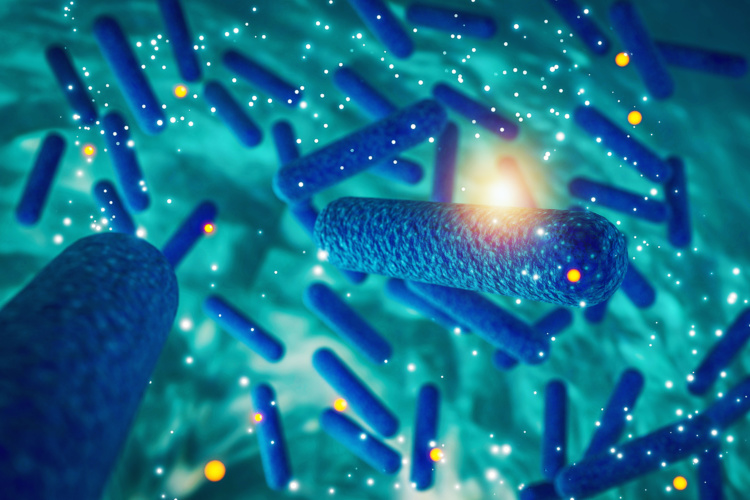The research, published in Applied and Environmental Microbiology raises the possibility of converting atmospheric CO2 to commodity chemicals.

Normally, an enzyme in E. coli catalyses the reverse of this reaction—production of H2 and CO2 from formic acid. In nature, the latter is best known as a type of vinegar compound ants use to ward off predators.
To reverse the normal reaction in E. coli, the investigators got the bacteria to switch out molybdenum, a metal that is normally a critical part of the enzyme, for tungsten, by growing the bacteria in an excess of the latter. "This is fairly easy to do as E. coli cannot readily tell the difference between the two," said principal investigator Dr Frank Sargent. This changed changed the properties of our enzyme so that it was locked in CO2 capturing mode he added.
The investigators used a special pressurized bioreactor filled with H2 and CO2 to make the gases available to the microbes. "It worked—the bacteria could grow under gas pressure and generate formic acid from the CO2," said Sargent.
Sargent developed the idea from reading about the emergence of life on Earth, he said. Three and a half billion years ago, there was no oxygen in the atmosphere, but there were high levels of CO2 and H2, and cellular life had begun evolving 10,000 meters below the ocean’s surface.
Back then, these compounds would have needed to be converted into the carbohydrates on which all life depends. That could have been accomplished by an enzyme "such as the one we found in E. coli, hydrogenating carbon dioxide into an organic acid," said Sargent. "We wanted to try this in the lab."
He added that the ultimate aim would be to capture wasted CO2 and using renewable hydrogen gas to convert it to formic acid. "The key is for a microbe to use formate as its sole carbon source,” he said. “Then we can make fuel, plastic or chemicals. This is the vision of a truly cyclic bioeconomy where CO2 is constantly produced, captured and returned to the market."




Poll: Should the UK’s railways be renationalised?
I think that a network inclusive of the vehicles on it would make sense. However it remains to be seen if there is any plan for it to be for the...